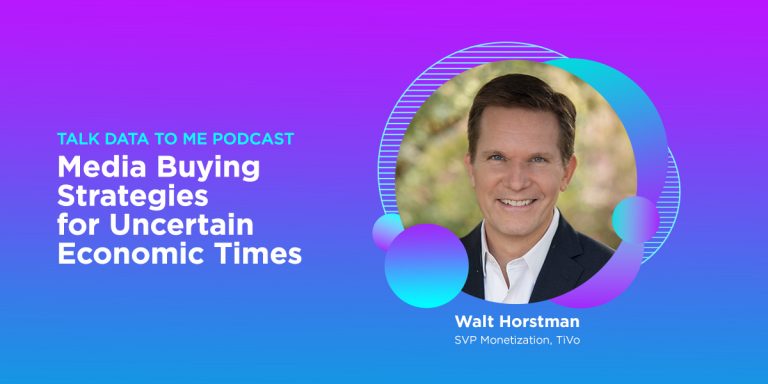It is a business truism that advertising and marketing budgets are often the first line items to face scrutiny when board rooms and senior executives face economic uncertainty. In the process, leaders tasked with bringing their offerings to market must urgently address a single question: How can we do more with less?
The question is once again front and center as concerns about inflation and recession cloud the outlook for 2023 and beyond. The answer to this question, however, is likely to be far different today from the path pursued in past downturns, according to Walt Horstman, senior vice president of monetization with TiVo, a wholly owned subsidiary of the Xperi Inc.
“We have moved into a period of economic uncertainty forcing brands and marketers to reevaluate their media spend. It represents a dramatic shift in the business landscape since the industry has not seen a major cyclical economic downturn since 2009,” says Horstman.
Over this period, the media landscape has changed dramatically, and new technologies have given rise to a profound set of capabilities that previously did not exist. COVID-19, for instance, had an immense impact on the advertising industry.
“It accelerated the adoption of Connected TVs (CTVs), elevating the importance of digital advertising and creating an imperative for organizations to integrate this rapidly growing category into their linear engagement strategies. The pandemic dramatically altered how consumers access entertainment and how they are exposed to advertising messages,” he explains.
This confluence of factors – the turbulent economy, changing consumer attitudes and the emergence of new technologies – has heightened interest in accurate, real-time analysis as brands seek evidence to prove performance and validate target audience reach.
Listen to the podcast below to better understand the strategic options available to brand managers and advertisers in today’s complex media landscape.


Comments are closed.